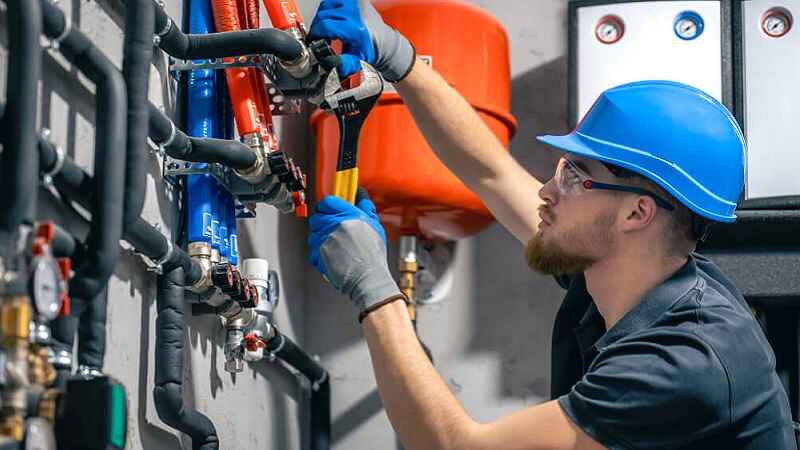The industrial world runs on compressed air—often called the “fourth utility”—and at the heart of every factory, energy plant, and construction site is a complex machine whose efficiency is determined by the synergy of its compressor parts.
From the rotors in a screw unit to the filters and seals, these individual components are not mere consumables; they are the front line in the global battle for energy efficiency, uptime, and operational savings. A new era of smart technology and advanced materials is now redefining the maintenance and design of these critical, yet often-overlooked, mechanical elements.
The Anatomy of Industrial Power
The industrial compressor, whether a reciprocating (piston) or rotary screw model, relies on a core set of parts to transform mechanical power into potential energy. Understanding these components reveals why maintenance is paramount:
- The Compression Element:This is the heart. In rotary screw compressors, it’s the pair of interlocking helical rotors (or screws) that trap and compress the air. In reciprocating compressors, it’s the piston moving within a cylinder. Wear on these parts directly impacts volumetric efficiency and power consumption.
- The Power Source:The motor converts electrical energy into the mechanical force needed to drive the compression element. Motor efficiency, and the technology that controls it, is critical.
- The Filtration System:The air filter cleans incoming air to protect the internal mechanics—especially the rotors and bearings—from dirt and contaminants. The oil filter and air/oil separator (in lubricated systems) clean the oil and ensure only clean air is discharged. Clogged filters are a leading cause of wasted energy and component stress.
- Control and Safety Valves:The intake valve regulates air flow, while the check valve prevents compressed air from flowing backward. The pressure switch and safety relief valve are non-negotiable parts for safe, regulated operation.
The Maintenance Imperative: Preventing Catastrophe
The phrase “time is money” holds a literal meaning on the factory floor, and neglected compressor parts are a direct route to financial loss. A single worn gasket, a loose belt, or an overdue oil change can trigger a domino effect of inefficiency and failure.
Studies show that regular preventive maintenance is the most cost-effective solution. Neglecting parts often results in:
- Massive Energy Waste:Dirty filters, worn seals, and poor lubrication force the motor to work harder, dramatically increasing power bills. Even minor air leaks through damaged seals and hoses can waste significant volumes of compressed air over time.
- Unplanned Downtime:A component failure can halt an entire production line. For large-scale manufacturing, a single hour of unexpected downtime can cost tens of thousands of dollars—a far greater expense than the simple replacement of a filter or oil.
- Shortened Lifespan:Proper lubrication with the correct, high-quality compressor oil is essential to minimize friction and heat. Failing to replace the oil and its corresponding filter can lead to premature failure of expensive parts like the rotors and bearings.
The Future is Smart: Parts in the Digital Age
The next generation of compressor parts is being designed not just for durability, but for data. The rise of Industry 4.0 and IoT (Internet of Things) connectivity is transforming maintenance from reactive to predictive.
New control systems embed sensors into critical parts—such as the motor windings, bearings, and air ends—to monitor temperature, vibration, and energy consumption in real-time. This allows service technicians to gauge the actual wear and tear on components, rather than relying on fixed maintenance schedules.
For instance, an AI-powered system can predict the lifespan of an air/oil separator element based on its pressure differential, alerting the user to replace it just before its failure point. This predictive approach minimizes downtime and ensures that replacement is based on maximum part utility.
Furthermore, advancements in materials science are leading to the development of highly durable, lightweight alloys and composites for components like rotors and pistons. Alongside the growing demand for oil-free compressors—which require specialized, robust, and contamination-resistant seals and coatings—these material innovations are extending the service life of internal parts, reducing maintenance frequency, and driving the global industry towards a more sustainable and maximally efficient future Read More
